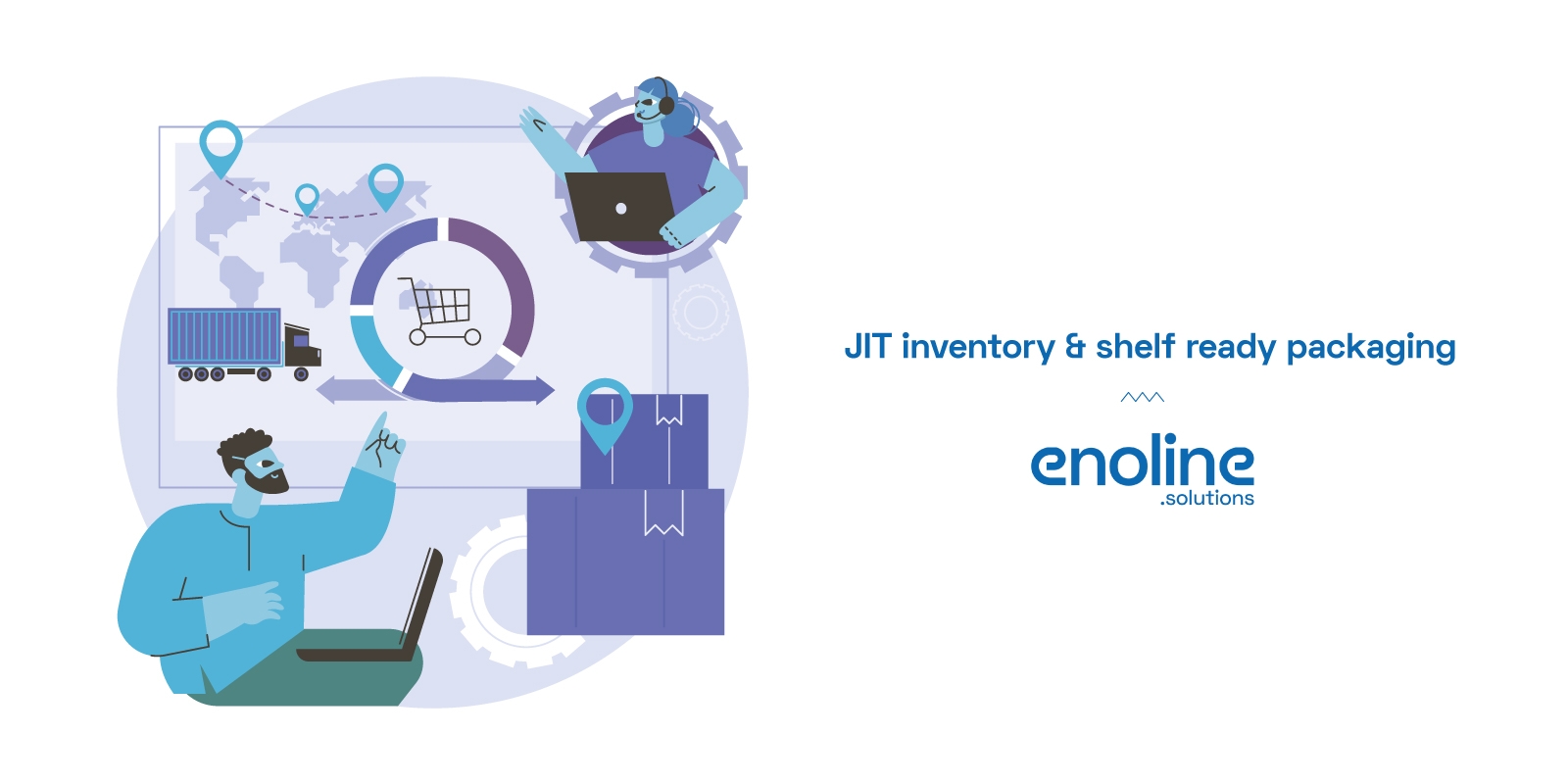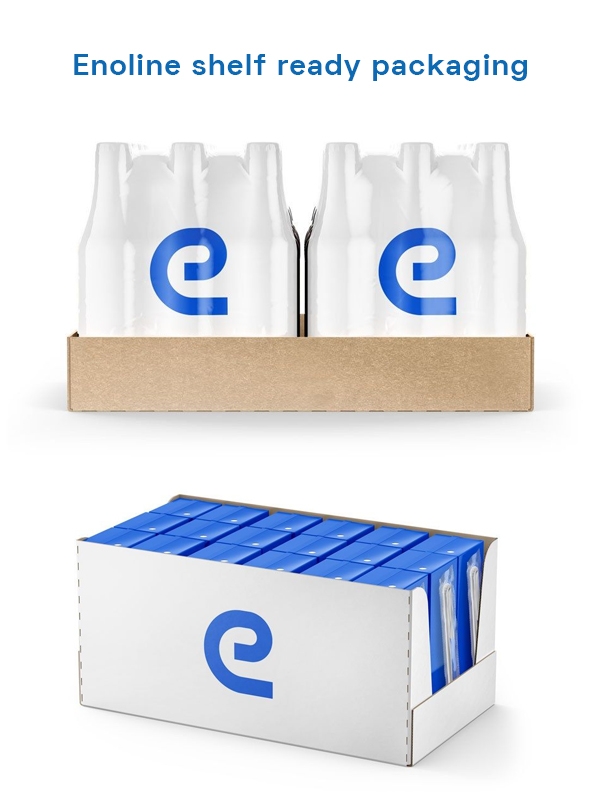JIT Inventory And Shelf-Ready Packaging to help you save time and money

The events of the past years have left a lasting impression on many people. 2020 and 2021 will be remembered for providing a peep into the supply chain's internal dynamics. The coronavirus outbreak in the United States prompted a rush of shoppers to their favourite big-box merchants and supermarkets to stockpile food and essentials.
There was a toilet paper shortfall in 2020 because of this. The racks were bare. A legitimate shortage, on the other hand — as any CPG manufacturer can tell you — never existed. It was expected that toilet roll sales would continue to follow the same predictable trends year after year, and that trend was expected to continue in 2020 as well.
Nielsen reported a 71 percent year-over-year increase in toilet paper sales between March 1 and May 2, 2020, which was unimaginable. It was a real wake-up call.
Even while buyers were rightly annoyed by these delays, observers of business dynamics saw this as an opportunity to see how our supply chain strategy effectively distributes quality products from manufacturing facilities to retail stores.
It should be clear to everyone that there are no toilet paper supplies at the distribution center for customers who might want to purchase more.
The expense of keeping inventory is high. Until the roll reaches the store shelves, it continues to move through production. This new super-lean system presents numerous obstacles to the creators of consumer packaged goods.
CPG manufacturers are continuously seeking ways to streamline their production lines, but companies also have to keep up with the ever-changing demands of retailers.
What is Just-In-Time Inventory and how it can help your business
Just-in-time inventory, often known as JIT inventory, is a phenomenon that can be beneficial to both retailers and manufacturers. Although their approaches might be distinct, both of these businesses are trying to reduce the amount of space they need to store their product to save money. The important thing is not to put a stop to the action here. In other words, retailers only have enough products in stock to meet the demand they anticipate, while producers of consumer packaged goods (CPG) only have enough raw materials on hand to meet the demands of emergency manufacturing needs.
There are several different scenarios in which a retailer's just in time (JIT) inventory system, which is dependent on CPG production lines, could result in new supply shortages. When merchants require just-in-time inventory, changeovers can quickly become a manufacturer's Achilles' heel.
Before implementing JIT inventory, manufacturers of consumer packaged goods were able to efficiently manage a diverse selection of items by optimizing the volume of each run. This resulted in fewer line-stopping changes occurring throughout a production week. When retailers were willing to take on a small quantity of additional inventory, a time-consuming switchover solution was presented to the manufacturers as an option.
Retailers are shifting their attention more toward leaner shipments thanks to just-in-time inventory systems, which allow them to receive only the quantity of a product needed to address the current and projected demands.
This puts the obligation on the maker to adapt. One approach would be to locate space where extra inventory can be stored until a shop needs it. When one considers the costs of the site, infrastructure, and labor, it becomes clear that finding a way to make changeovers function effectively is the superior option for the long run.
Another option for companies that manufacture consumer packaged goods is to invest in technological advancements and improve industrial equipment. This leads to speedier changeovers, machinery with controls that are easier to understand, and fewer touchpoints, which ultimately results in fewer parts that are prone to breaking.
JIT inventory management boosts productivity by cutting the time and resources needed for manufacturing. This ensures a quicker production rate and a reduction in the length of production runs. Because there is less stock of raw materials, it is also easier to quickly adopt product changes. As fewer products are in stock, there is also less likelihood of harm being caused to those products.
And what about Shelf-Ready Packaging ?
Shelf-ready packaging is one cost-saving strategy that merchants are employing in the ongoing battle for the wallet of the American customer.
Shelf-ready packaging has become increasingly popular in recent years. This strategy prioritizes reducing the amount of time necessary to place goods on the rack by maximizing the efficiency of either the packaging material or the packaging method.
Specifically, the goal is to cut down on time spent doing so. The term "shelf-ready packaging" refers to containers that have been designed to arrange neatly on shelves in warehouse supermarket lane pallets. The time can also refer to cases that are ready to be placed on shelves and have simple opening mechanisms.
When you have to cater to the requirements of a wide range of customers in a variety of retail settings, the product rotations you do take on a whole new level of complexity. You are not simply dealing with shop-specific primary packaging since the secondary packaging you have to work with is also customized to the retailer.
Here at Enoline, with more than 30 years of experience as automatic packagaging lines integrators, we have multiple shelf ready solutions.
Our most popular one is our wrap around Baumer packaging machine with tray and high tray final packaging, you can learn more about this solution here.
Fragmented Market
There is no one-size-fits-all solution for merchants regarding the goods they wish to sell. When it comes to warehouses, dollar stores, bottled drinks, and convenience stores all have their requirements for measurements, packaging, and flavors that consumer packaged goods manufacturers must adhere to secure a portion of the available shelf space in their respective establishments.
It is a complex process to optimize your production line, as evidenced by the reality of working with merchants, which is illustrated below. If you can satisfy their requirements, it will ensure that your products remain stocked upon a rack. Are you prepared to improve the efficiency of your manufacturing line by installing secondary packaging equipment that contributes to the capacity of your team to keep things running ?
Find out more about the secondary packaging solutions that we provide and how they can be adapted to your particular business.
